A Brief History of Greek Folk Art: Visual Arts
Greece is a land known for its rich cultural heritage and artistic traditions and its Greek folk art is a testament to the creativity and craftsmanship of its people. Among the various forms of Greek folk art, the visual arts hold a special place, showcasing the diverse and vibrant artistic expressions found throughout the country. In this article, we will explore the fascinating Greek visual arts through history and focus on four prominent styles: pottery and ceramics, embroidery, woodcarving, and icon painting. We will also discuss the various Greek folk art techniques that have contributed to Greece’s art as we know it.
What types of Greek folk art techniques are there?
Pottery and Ceramics:
Pottery making has been an integral part of Greek culture for thousands of years, dating back to ancient times. Greek pottery is renowned for its exquisite craftsmanship and distinctive styles. Two notable techniques are black-figure and red-figure pottery, which emerged during the 6th century BC. Black-figure pottery featured black figures on a reddish background, while red-figure pottery reversed the colors, depicting red figures against a black background. These techniques allowed artists to depict intricate mythological scenes, everyday life, and important events. Each region in Greece developed its unique pottery styles, such as the black-glazed pottery of Corinth, the red-figure pottery of Athens, and the decorative pottery of Crete.
The art of pottery and ceramics continues to be a vibrant folk art tradition in Greece. Skilled artisans create handmade ceramic items, such as bowls, plates, and decorative pieces. Many regions in Greece have their distinct styles and techniques, preserving the heritage of Greek ceramics.
Embroidery:
Embroidery is a cherished folk art in Greece, reflecting the country’s rich cultural tapestry. Greek embroidery is renowned for its intricate needlework and vibrant colors. Passed down through generations, each region has its distinct embroidery style and motifs. Traditional Greek embroidery often features geometric patterns, floral designs, and symbolic motifs inspired by nature, mythology, and daily life. Skilled artisans employ techniques such as cross-stitch, satin stitch, and backstitch to create stunning textiles used for clothing, household items, and decorative purposes. Embroidered garments, including traditional costumes, are treasured for their beauty and cultural significance.
The art of embroidery and weaving continues to thrive in modern Greece. Skilled artisans create intricate designs and patterns using traditional techniques passed down through generations. Embroidered textiles and woven fabrics are used for clothing, home decor, and ceremonial purposes, maintaining the rich tradition of Greek needlework and textile arts.
Woodcarving:
Woodcarving holds a prominent place in Greek folk art, showcasing the talent and skill of Greek craftsmen. This traditional craft involves the intricate carving of wood to create decorative pieces and sculptures. Woodcarving in Greece often features religious and mythological themes, with craftsmen expertly sculpting figures, patterns, and intricate details. These wooden masterpieces are used as decorative elements for furniture, architectural embellishments, and religious artifacts. The artistry of Greek woodcarvers is celebrated for its precision, creativity, and ability to breathe life into the wood, resulting in stunning works of art.
Icon Painting:
Icon painting is a sacred art form deeply rooted in Greek Orthodox tradition. Icons are religious images that hold significant spiritual and cultural importance. Greek icon painters, known as iconographers, follow specific techniques and strict iconographic rules to create these sacred works of art. The process involves using natural pigments and egg tempera to paint religious figures, saints, and scenes on wooden panels. Greek icons are known for their spiritual depth, attention to detail, and symbolic representations. They serve as objects of veneration, aiding in worship and contemplation. Icons are found in churches, monasteries, and homes, acting as a visual connection to the divine.
Icon painting remains an important art form in Greek Orthodox tradition. Skilled iconographers continue to create sacred images using ancient techniques and materials. These icons are highly valued within the church and among collectors, and they play a significant role in religious ceremonies and private devotion.
The visual arts of Greece encompass a rich tapestry of creativity, craftsmanship, and cultural heritage. Pottery and ceramics, embroidery, woodcarving, and icon painting are just a glimpse into the diverse and captivating world of Greek folk art. These art forms have not only preserved the traditions and stories of Greece but also served as expressions of identity and spirituality. Exploring the history and beauty of these visual arts provides a deeper understanding of Greece’s artistic legacy and the enduring impact of its folk art traditions.
Where can I explore folk art traditions in Greece?
There are several places in Greece where you can explore Greek folk art in person. Here are some notable destinations:
Athens: The capital city of Athens is home to various museums and cultural institutions that showcase Greek folk art. The Benaki Museum and the Museum of Greek Folk Art are excellent places to explore a wide range of folk art objects, including pottery, textiles, woodcarvings, and icons.
Thessaloniki: Located in northern Greece, Thessaloniki is known for its rich cultural heritage. The Museum of Byzantine Culture and the Folklore Museum of Macedonia-Thrace are worth visiting to discover traditional crafts, including pottery, embroidery, and textiles.
Cyclades Islands: The Cyclades Islands, such as Mykonos, Santorini, and Paros, have a strong tradition of folk art. You can find local artisans who specialize in ceramics, producing beautiful pottery inspired by ancient Greek designs and techniques.
Crete: The island of Crete has a distinct folk art tradition. The Heraklion Archaeological Museum and the Historical Museum of Crete offer insights into Cretan folk art, including pottery, textiles, and iconography.
Pelion: The region of Pelion in central Greece is known for its wood carving traditions. The village of Makrinitsa is particularly famous for its skilled woodcarvers, and you can find intricately carved wooden objects and artwork there.
Zagorohoria: The traditional villages of Zagorohoria in the Pindus Mountains are renowned for their stone architecture and local craftsmanship. Here, you can find handmade textiles, woodwork, and other folk art objects.
Greek Festivals and Cultural Events: Attending Greek festivals and cultural events throughout the country is another way to experience Greek folk art firsthand. During these events, you can witness traditional music, dance performances, and browse local crafts and artwork.
These are just a few examples, and there are many more places in Greece where you can explore Greek folk art. Whether in major cities, islands, or rural areas, you will find opportunities to immerse yourself in the vibrant and diverse folk art traditions of Greece.
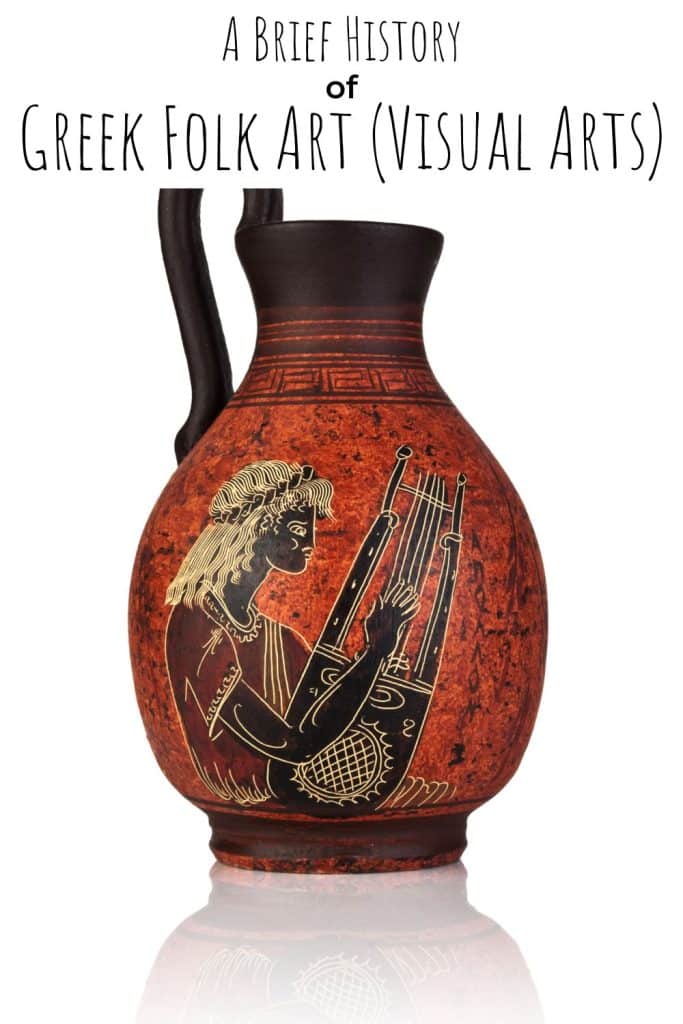

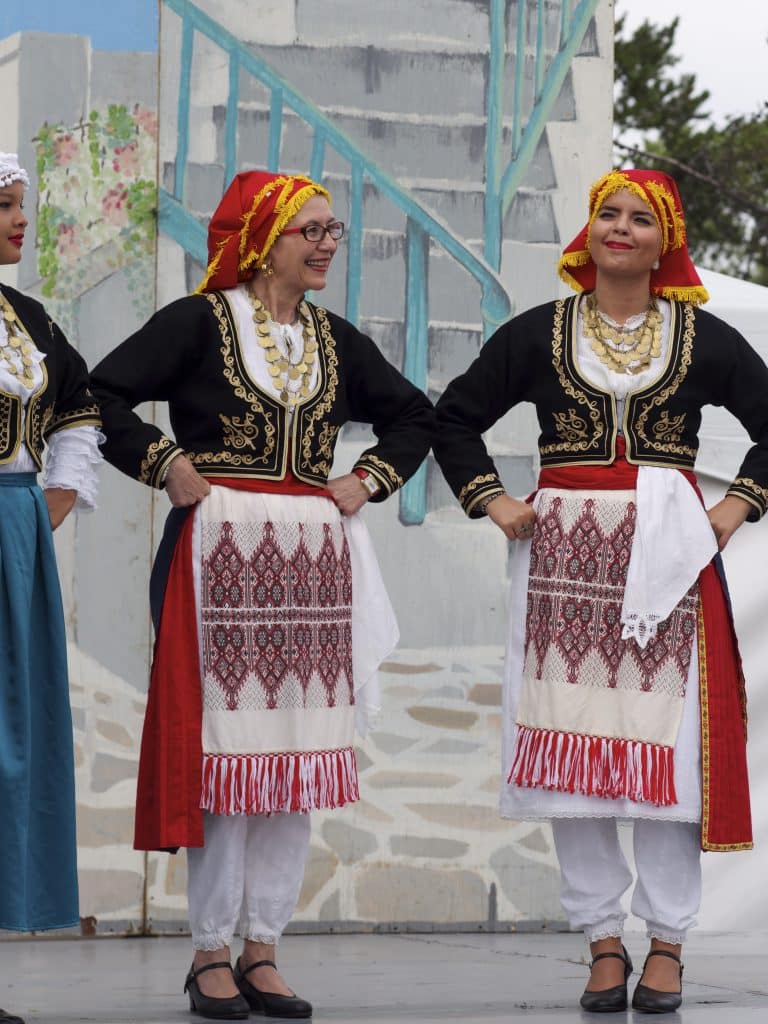

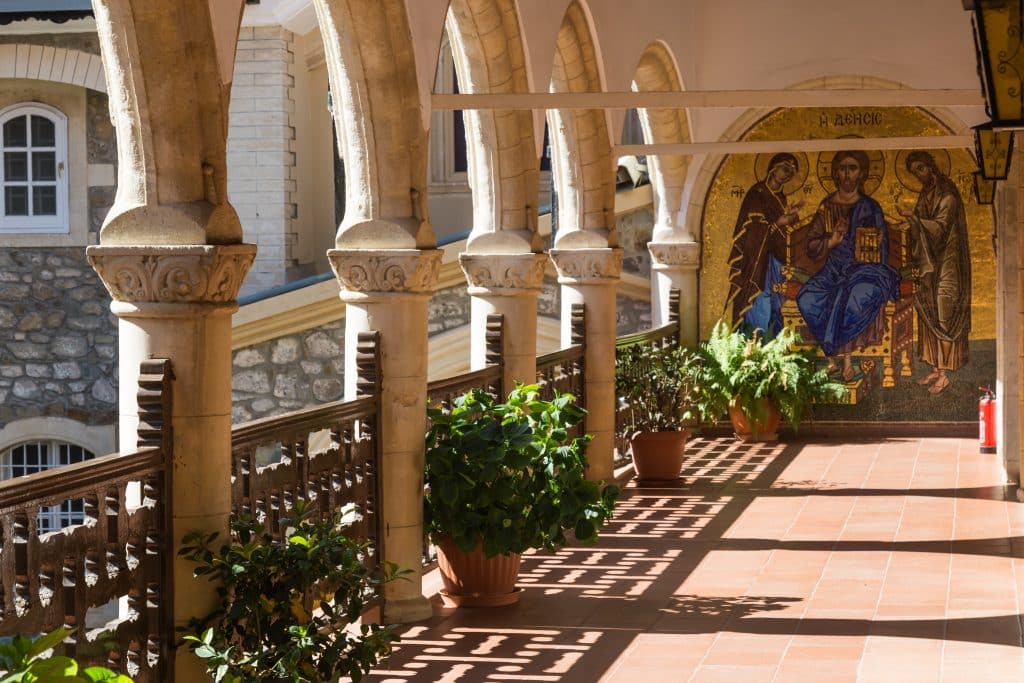


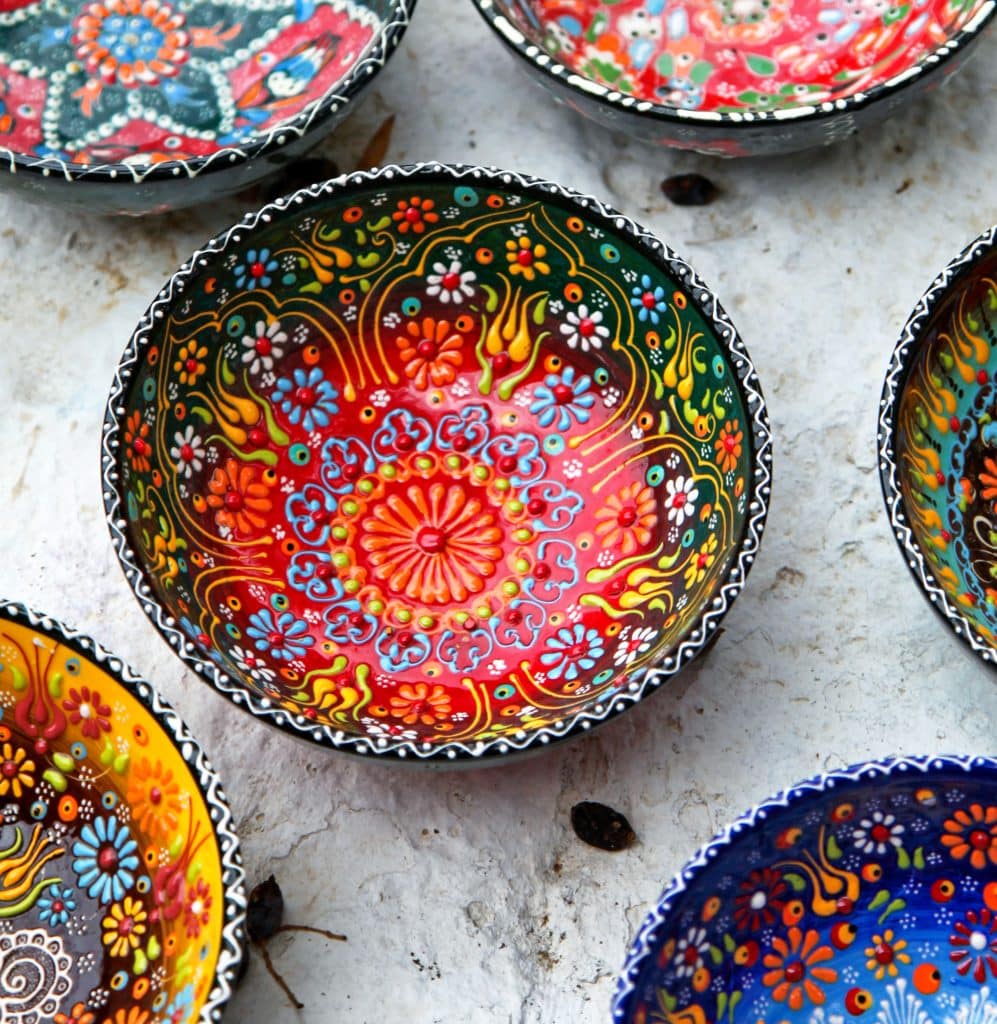

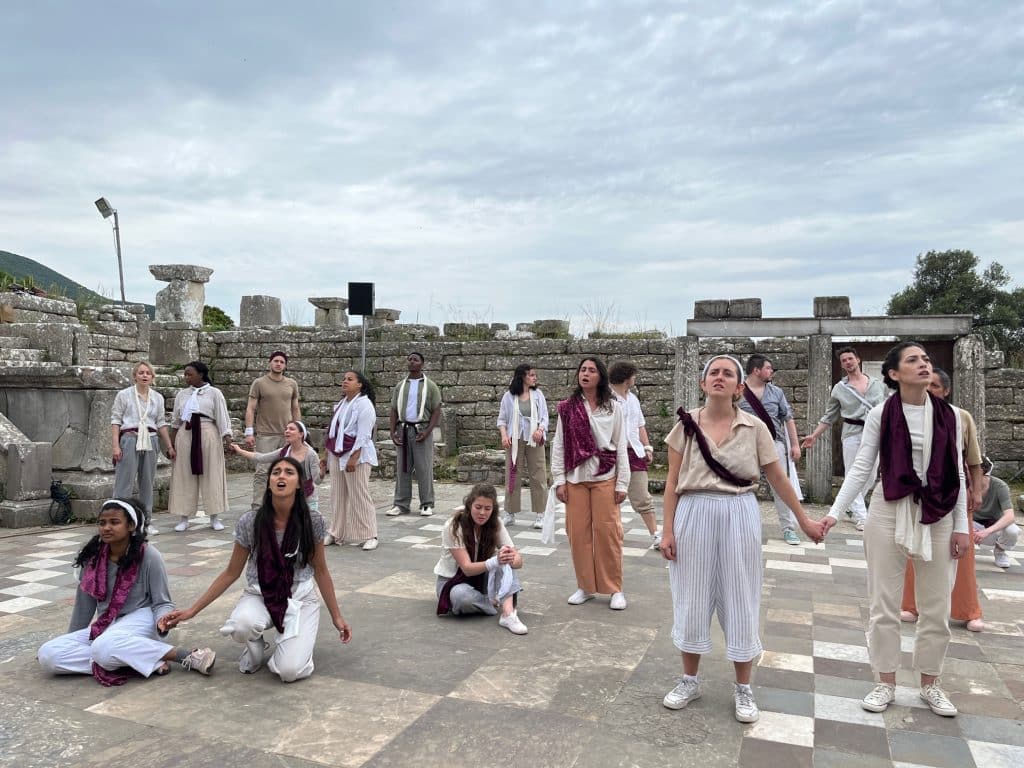
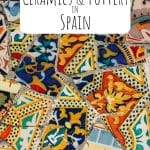



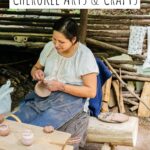



One Comment